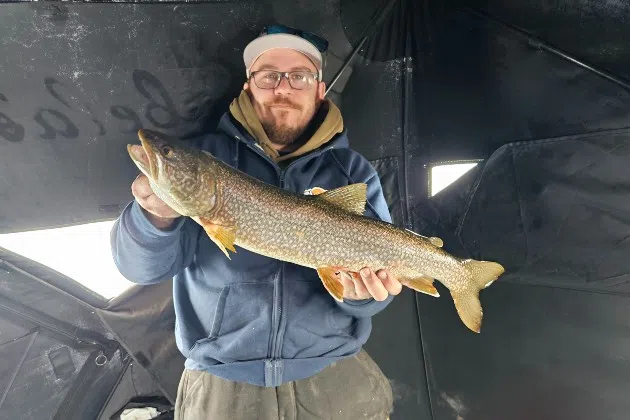(KNSI) – A warm winter and early ice out could lessen your chance of landing a lunker from some of Minnesota’s deepest lakes.
Experts say with a winter like this, the open water period will be longer this year, because the ice out across the state was ten days early. The warm-up affects each species differently. University of Minnesota research associate Dr. William Herb works with trout, which are particularly vulnerable to temperature change. “What happens in deep lakes, where the trout tend to hang out, is that the water near the surface stays warm because it’s a little bit lighter than the cold water. The cold water stays at the bottom, and the warm water at the surface acts like a cap on the lake. So, the deeper water doesn’t get a good supply of oxygen.”
That can make it hard for cold water species to stay where they’re comfortable, exposing them to overheating near the surface and suffocating on the lake bottom. Luckily, Herb feels the Minnesota state fish shouldn’t be as affected. “Now, something like walleyes might not be as affected as trout because they’re a cool water species. They can hang out higher up in the lake where there might be a better supply of oxygen.”
He says the oxygen issue in lakes is worse in bodies of water that get a lot of farm runoff. That gives rise to algae blooms. Those eventually die and sink to the bottom. As algae decays, it sucks up all the oxygen. Lakes with a pristine forested watershed will do better if the ice cover continues to disappear sooner.
___
Copyright 2024 Leighton Media. All rights reserved. This material may not be broadcast, published, redistributed, or rewritten, in any way without consent.










